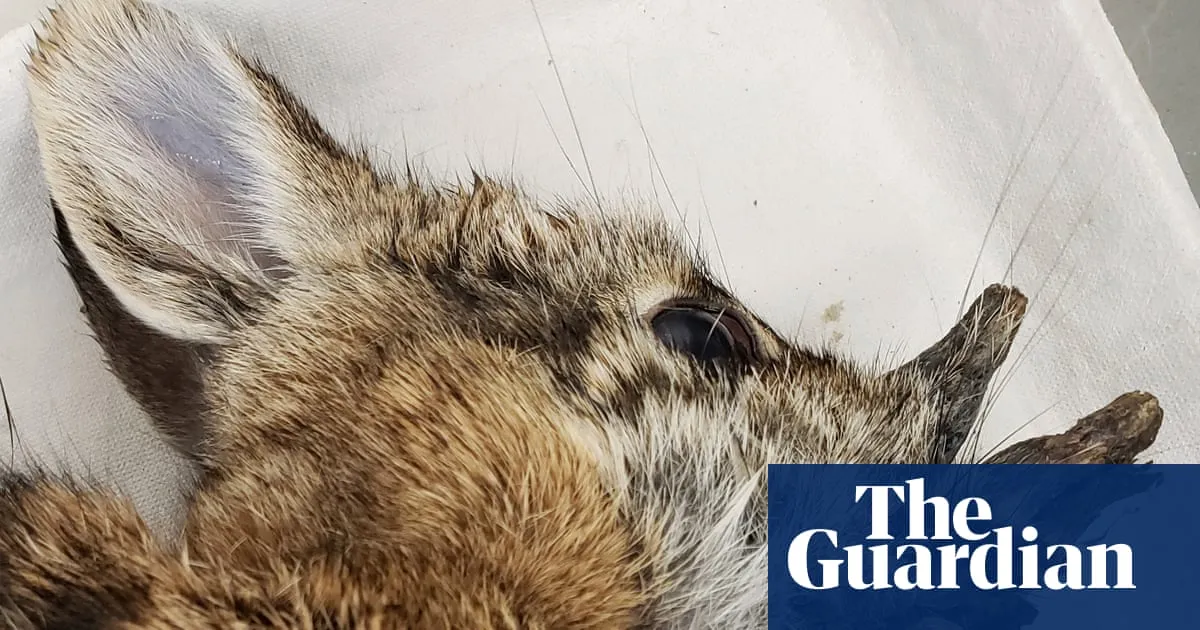
A peculiar sight has emerged in Colorado, where a group of rabbits has been spotted sporting grotesque, hornlike growths. While these furry creatures may appear to belong in a low-budget horror film, scientists assure us that there is no cause for alarm. The rabbits, specifically cottontails observed in Fort Collins, are infected with the Shope papillomavirus, a common virus that primarily causes wart-like growths.
The growths on these rabbits protrude from their faces, resembling horns that seem to metastasize. Viral photos circulating on social media have led to a flurry of unflattering nicknames for these unfortunate animals, with monikers like “Frankenstein bunnies,” “demon rabbits,” and “zombie rabbits” gaining traction. However, this viral infection is not a new phenomenon; it has deep roots in both ancient folklore and scientific research, dating back nearly a century.
The Shope papillomavirus has been linked to the legendary jackalope myth in North America—a tale of a rabbit adorned with antlers or horns. This fascinating connection highlights how the virus has shaped cultural narratives and contributed to our understanding of diseases. Moreover, the research surrounding this virus has been pivotal in advancing scientific knowledge about the relationship between viruses and cancer, particularly the human papillomavirus associated with cervical cancer.
The virus was named after Dr. Richard E. Shope, a professor at the Rockefeller University, who first identified the disease in cottontails during the 1930s. Recently, news about the rabbit sightings in Fort Collins, located approximately 65 miles (105 km) north of Denver, has garnered significant attention. Residents began reporting these unusual rabbits and sharing photos, prompting inquiries to local wildlife authorities.
Kara Van Hoose, a spokesperson for Colorado Parks and Wildlife, addressed the situation in an interview with the Associated Press. She noted that reports of these infected rabbits are not uncommon, particularly during the summer months when the fleas and ticks that carry the virus are most active. While the virus is contagious among rabbits, it poses no threat to other species, including humans and pets. Van Hoose explained that the growths may resemble warts but can take on a horn-like appearance if they grow excessively.
Importantly, these growths do not typically harm the rabbits unless they interfere with their eyes or mouths, potentially affecting their ability to eat. Fortunately, the immune systems of rabbits are equipped to combat the virus, and once they successfully do so, the growths will eventually disappear, restoring the rabbits to good health.
In summary, while the sight of these infected rabbits in Fort Collins may initially strike fear or disgust, it is essential to remember that their affliction is primarily cosmetic and manageable. The Shope papillomavirus serves as a reminder of the complex interactions between wildlife and viruses, enriching our understanding of both nature and science.